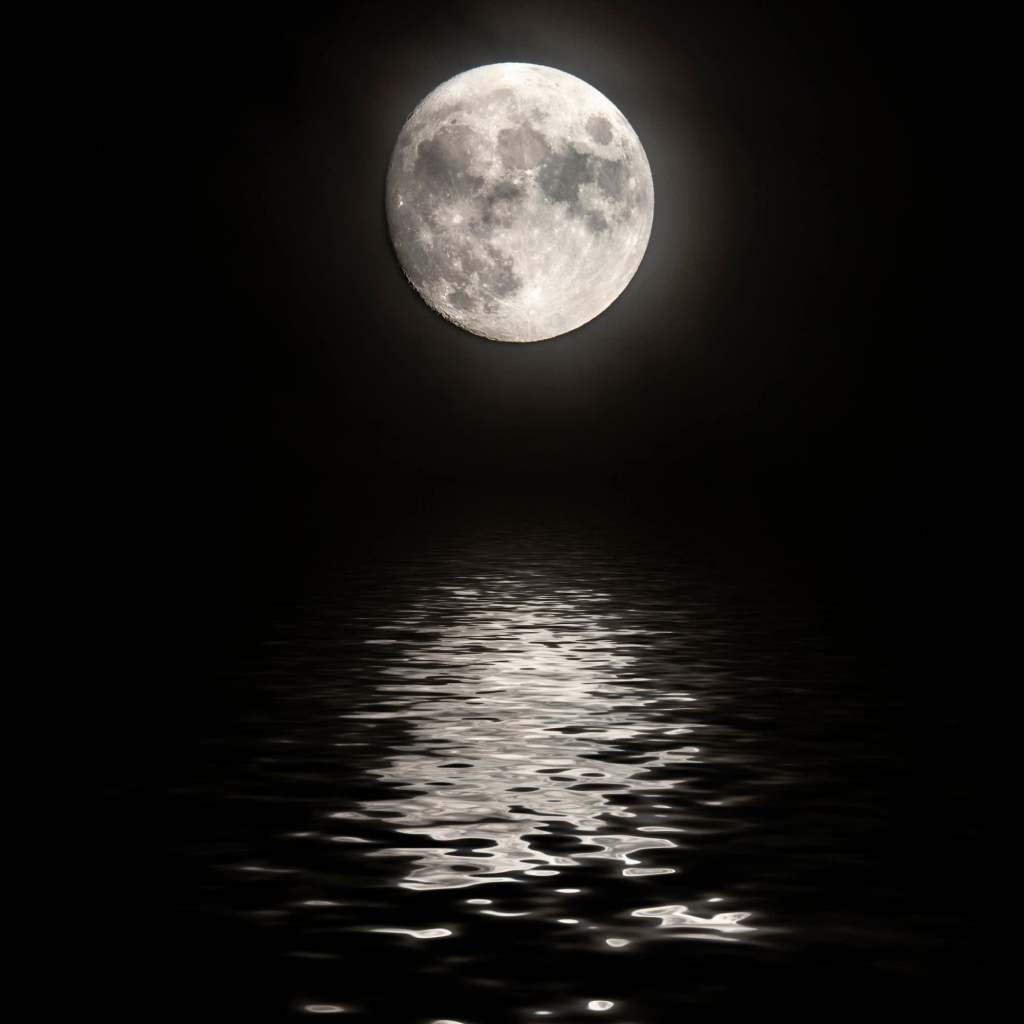Did you know we’re approaching a new moon? Here in Australia, the new moon will be occurring on April 1. Coinciding with this deadline, searches for “How to make moon water” have skyrocketed, increasing 4300% on Google. If you’re asking the same question (or you have no idea what moon water is, and you’re curious to find out), consider this your moon water crash course.
The Origins of Moon Water
There has long been an association between physical and mental wellness and the moon’s cycles. References to behavioural changes according to the moon’s cycle have been described since 400 B.C. with references found in Aristotle and Pliny the Elder to the Bible. During this period, the lunar cycle was linked with epilepsy. During the Elizabethan period, there was a belief that the lunar cycle was connected to madness, sexual passion and bad dreams (the term “lunacy” derives from the Latin lunaticus, which means “moonstruck”). While this might sound silly, there really isn’t much difference between these beliefs and my conviction that mercury in retrograde is totally a thing, and that particular star signs are more compatible.
The Moon and the Rise of Modern Witchcraft
The cycles of the moon were important for 18th-century pagan witches deciding which spells to cast when. Water charged by the moon became an important part of their rituals.
As The Atlantic reported in 2020, witchcraft has experienced a massive rise in popularity over the last five years. Interest in witchcraft and transcendentalism spiked in the 19th century with the women’s suffrage movement, so it wasn’t a surprise to see its resurgence following Me Too and the backlash against Donald Trump’s election as president in 2016. While alternative spirituality and medicine doesn’t offer scientifically proven health benefits, it can provide psychological support for people who feel disenfranchised by mainstream systems and can be a method of self-soothing and recentring (think of it as a kind of guided meditation).
At its heart, modern witchcraft is tied up with concepts like psychic healing, self-care and mindfulness. Magickal Spot describes the central benefits of making and consuming moon water as “boosting positive thoughts” “focusing on the present” and engaging “visualisation and manifestation techniques.” Things like imagining your goals and writing them down, and breathing deeply and focusing on the present are all proven mindfulness practices that can improve our mental health.
The practice has gained traction with celebrities. In 2019, Victoria Beckham made headlines from her visit to the Lanserhof hotel for posting about drinking only bottled moon water. Meanwhile, Bella Thorne and Rose McGowen both praised Alex Kazemi’s book “Pop Magick”. Thorne said that exploring magick helped her on her journey of self-love as an abuse survivor.
So, How Do You Make Moon Water?
The rules for making and using moon water vary slightly, you can add crystals, dance, or create an otherwise sacred space for your vessel. The most important component of the ritual is setting the intention that will take you into the new phase of the moon.
- Select water from a clean, pure source.
- Choose your vessel: a glass or ceramic vessel is preferable, and a clean mason jar is a popular choice.
- For the new moon, The Witches Box suggests “charging” your moon water at the beginning of the new moon, for up to three days.
- Cover your bottle or vessel so nothing falls in.
- Speak your incantation or set your intention. Ashley Neese has an excellent guide to New Moon intentions, breathwork and meditation.
- Collect your moon water! You can use your moon water in a variety of ways, whether in teas, in baths, to water your plants or to cleanse a specific room.

